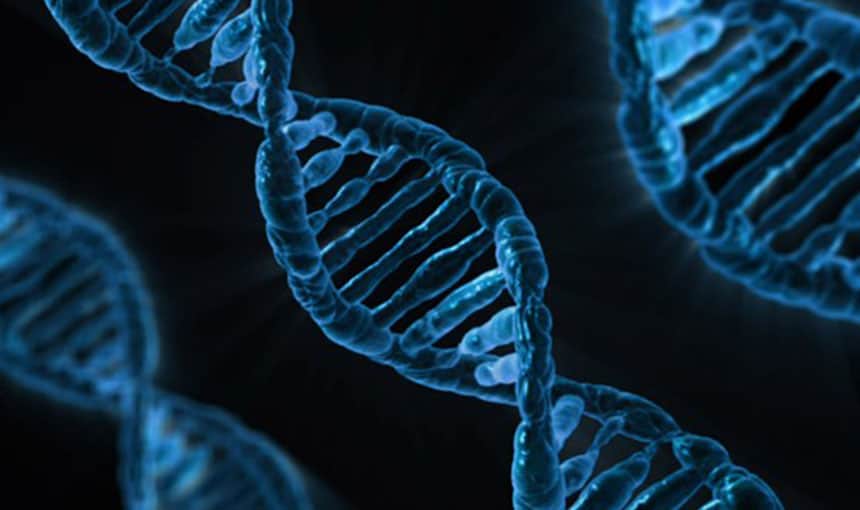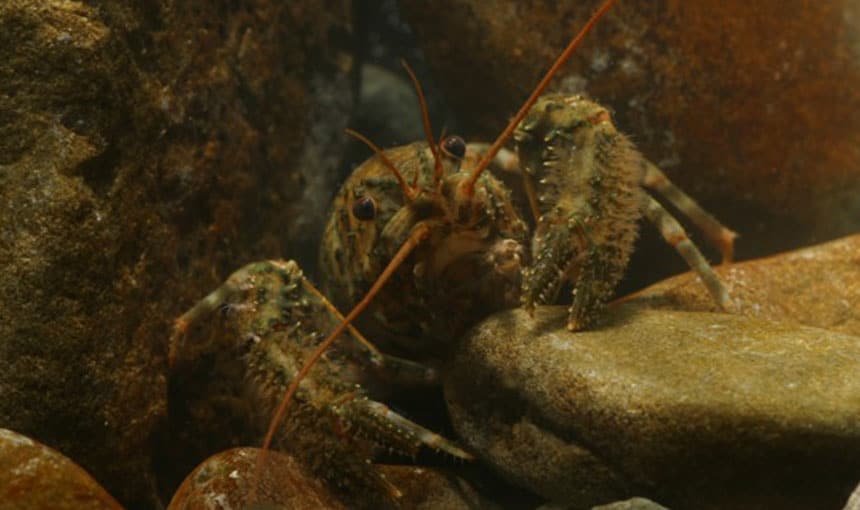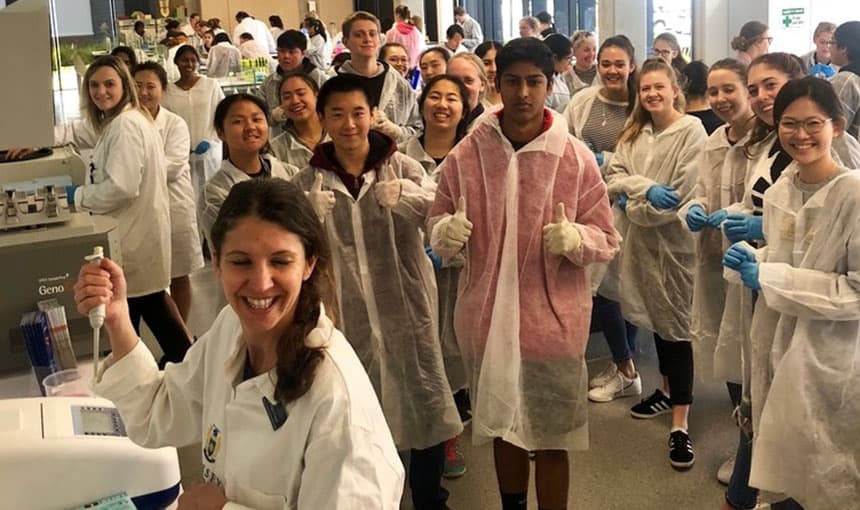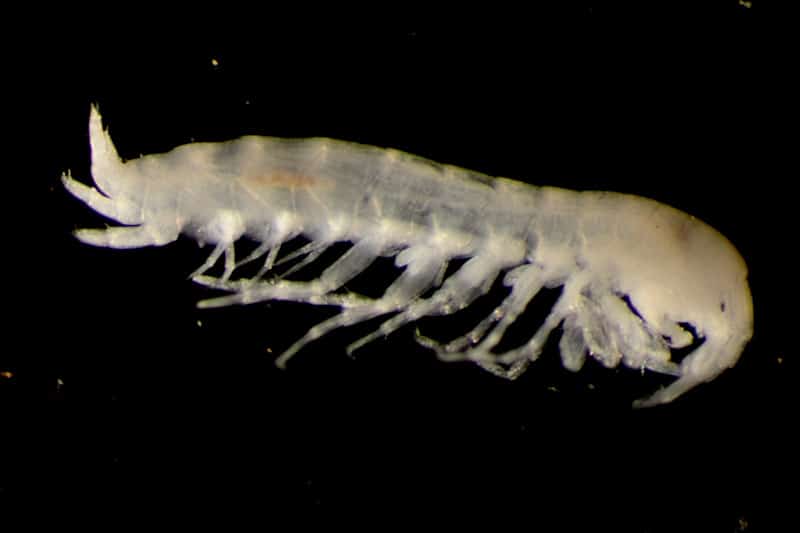The Groundwater Biodiversity Project
The unsung heroes of our groundwater system – bacteria that remove contaminants and tiny invertebrates that keep the bacteria in balance – are helping researchers assess the health of freshwater ecosystems.
The inventory of research outputs and resources can be found here:
overview Te Tirohanga Whānui
Led by NIWA’s Dr Graham Fenwick and ESR’s Dr Louise Weaver, this ground-breaking research project is sampling biofilm bacteria and invertebrates to evaluate measures of biodiversity and indicators of ecosystem health using traditional and genetic information.
DNA profiling, led by Ian Hogg at Waikato University, is being used to identify, differentiate and characterise invertebrate species that have adapted to living underground without sunlight. ESR is characterising bacterial communities using DNA, and trialling eDNA approaches to measuring total groundwater biodiversity.
The project team is also investigating changes in the biodiversity of groundwater bacteria and invertebrates across three regions – Nelson, Canterbury and Hawke’s Bay – seven catchments and varying land-use situations.
By measuring and monitoring biodiversity and ecosystem resilience, this project is contributing to BioHeritage’s goal of empowering New Zealanders so they feel inspired to protect our environment.
highlights Ngā Mahi Whakahirahira
Results are being added to reference databases to support ongoing conservation and groundwater management across Aotearoa New Zealand – the databases are expected to be available in early 2019.
The health of groundwater is a topic of intense public interest. The contamination of Havelock North’s water supply alerted New Zealanders to the vital importance of maintaining healthy groundwater. This increasingly precious resource must be managed carefully – in some places groundwater is being consumed faster than it can be replaced.
Māori communities and regional councils are helping with fieldwork for the project. Groundwater specialists at Environment Canterbury, Hawke’s Bay Regional Council and Environment Southland identified candidate bores and suitable land-use types and assisted with sampling from the aquifers.
Looking for more information?
If you’re looking for any outputs (papers, data etc) from this project that you don’t see on this page please visit our data repository.
Team Members Ngā kaimahi
- Graham Fenwick; National Institute of Water and Atmospheric Research
- Louise Weaver; Environmental Science and Research
- Michelle Greenwood; National Institute of Water and Atmospheric Research



